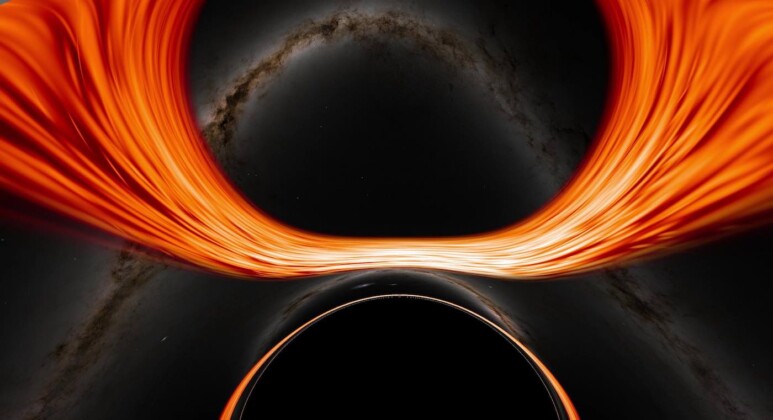Falling Into a Black Hole

Using a supercomputer and the expertise of skilled scientists, NASA has created a video illustration showing what it might be like to float into a black hole if you were somehow invincible.
Within the event horizon of a black hole, the laws of general relativity break down, making it incredibly challenging to predict what would happen to an object. However, recent observations have provided insight into how light behaves near a black hole.
Several versions of the same simulation are explained in a 4-minute video released by NASA, providing visual aids for some extremely complex physics concepts.
“People often ask about [what it would be like to fall into a black hole] and simulating these difficult-to-imagine processes helps me connect the mathematics of relativity to actual consequences in the real universe,” said Jeremy Schnittman, an astrophysicist at NASA’s Goddard Space Flight Center in Greenbelt, Maryland, who created the visualizations. “So I simulated two different scenarios, one where a camera—a stand-in for a daring astronaut—just misses the event horizon and slingshots back out, and one where it crosses the boundary, sealing its fate.”
The video is more than just a visual treat; every feature corresponds with precise calculations that could have been published to great acclaim. The simulation targets a supermassive black hole like the one at the center of our galaxy. The camera was set 400 million miles from the 25 million mile-wide black hole. As it approaches, the hot disk of dust and gas swirling around the black hole, called an accretion disk, begins to elongate and brighten.
The project generated about 10 terabytes of data—equivalent to roughly half of the estimated text content in the Library of Congress—and took about five days, a task that would have taken a normal computer a decade.